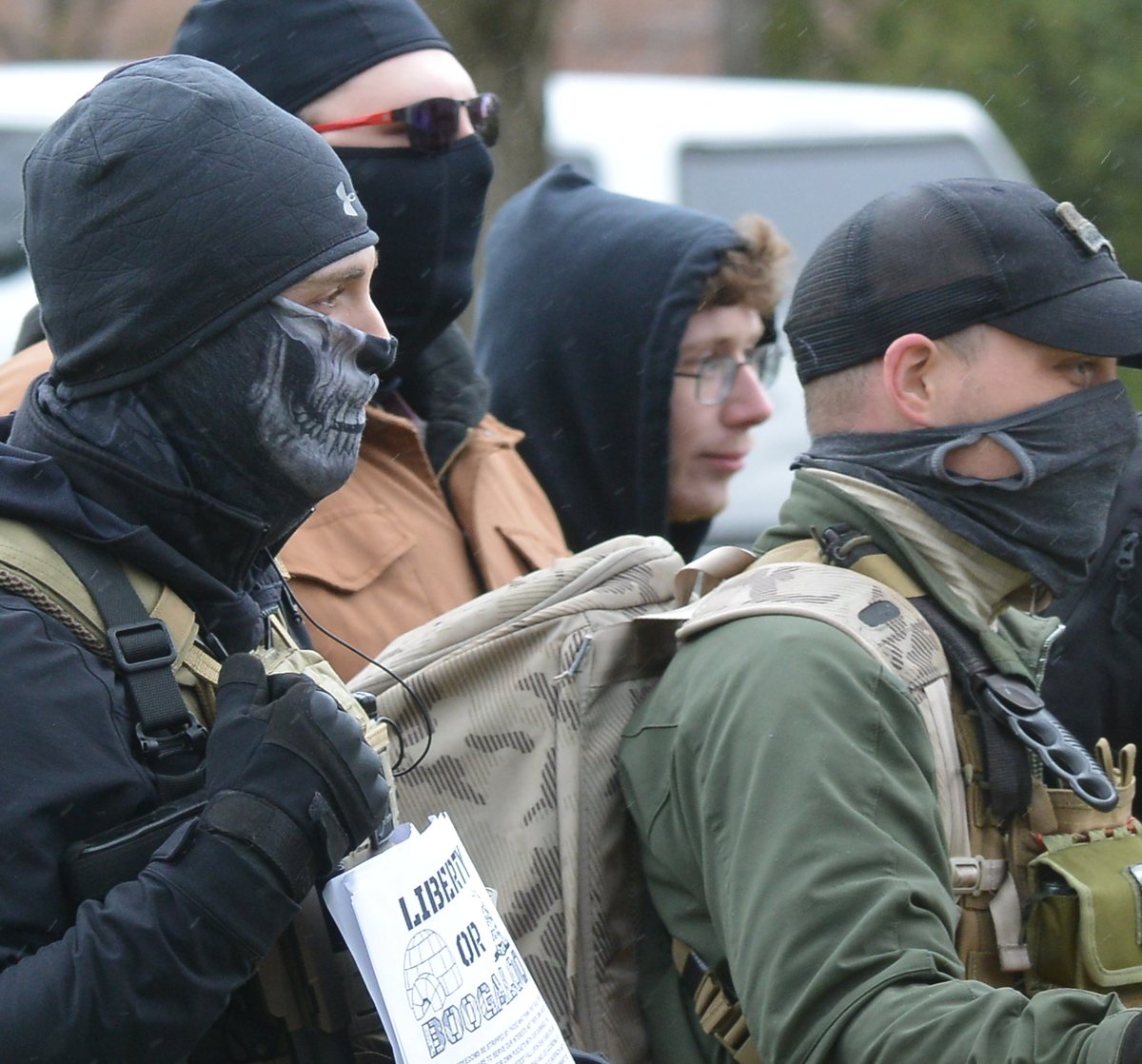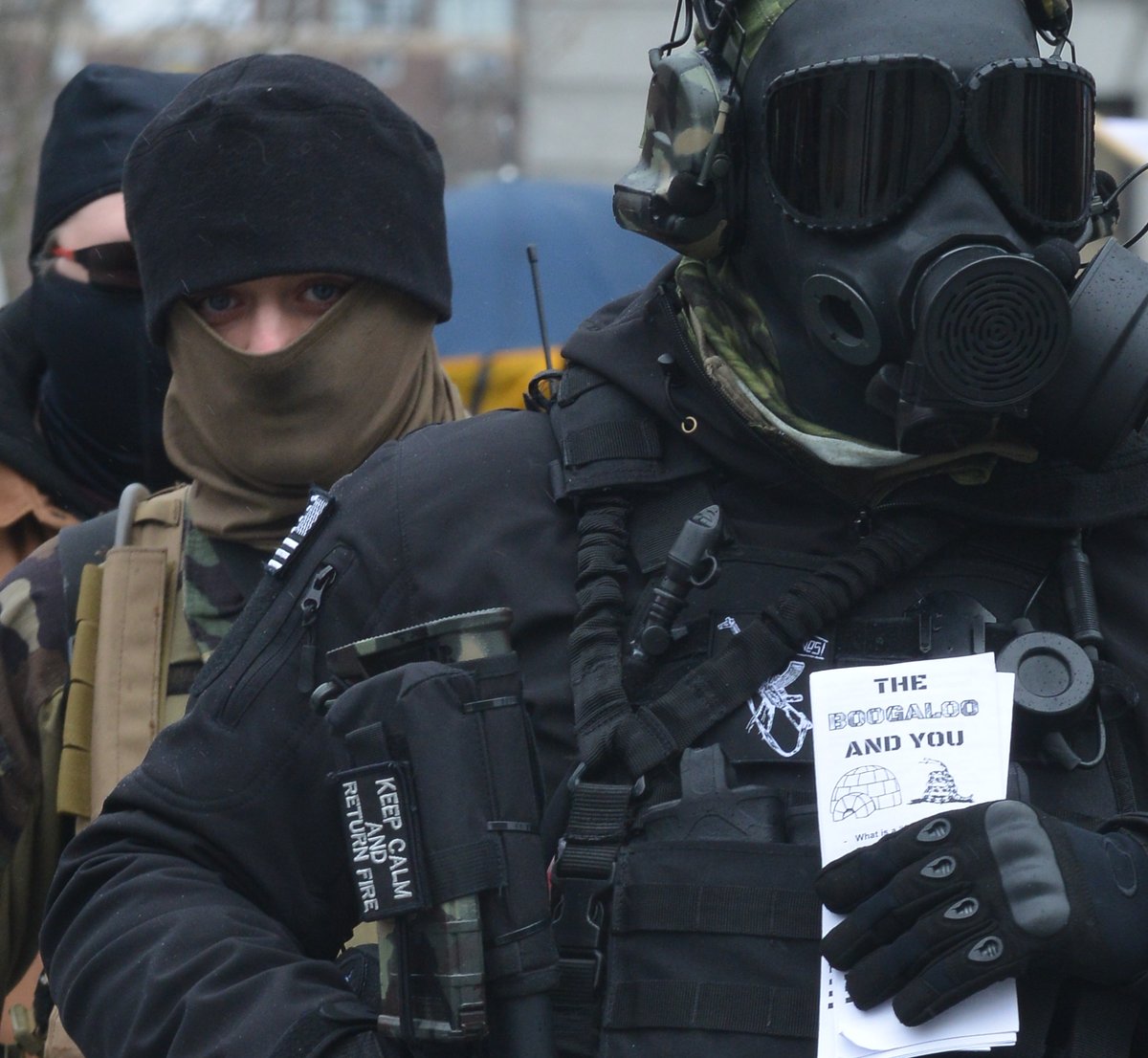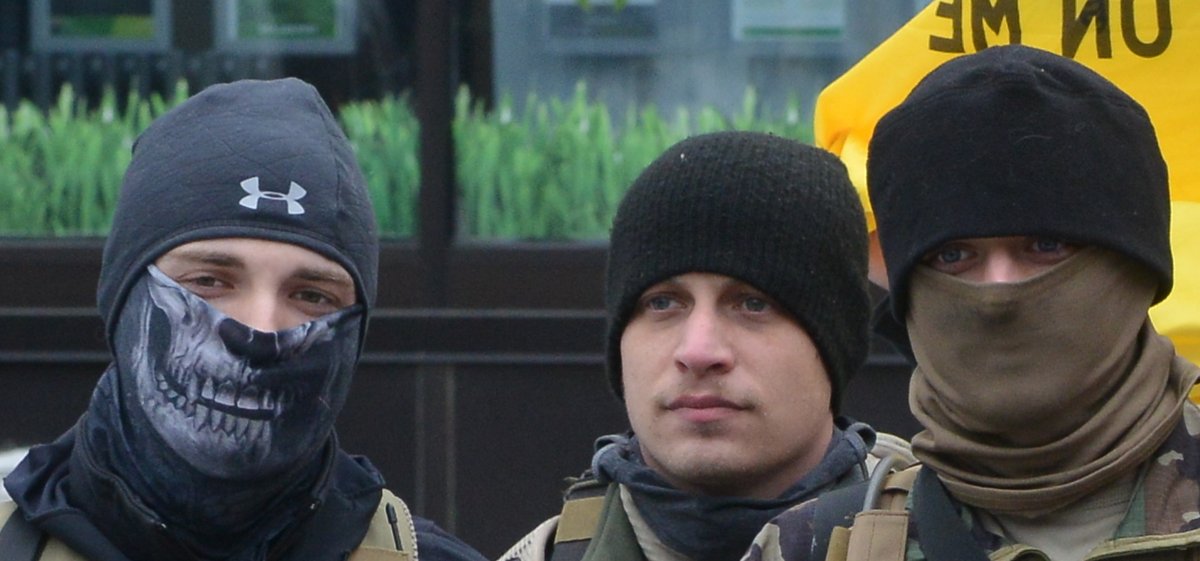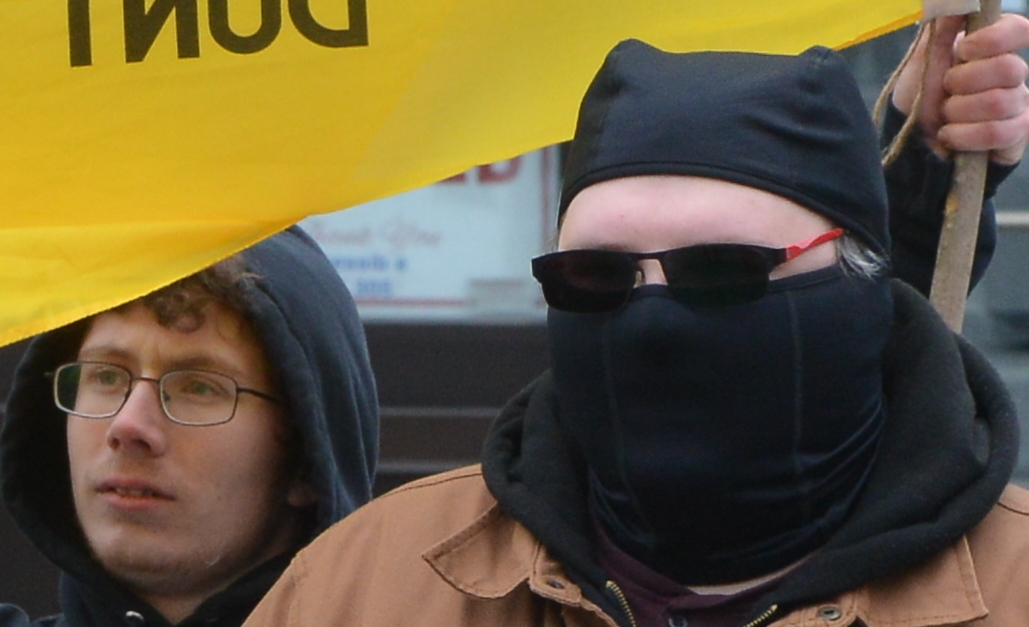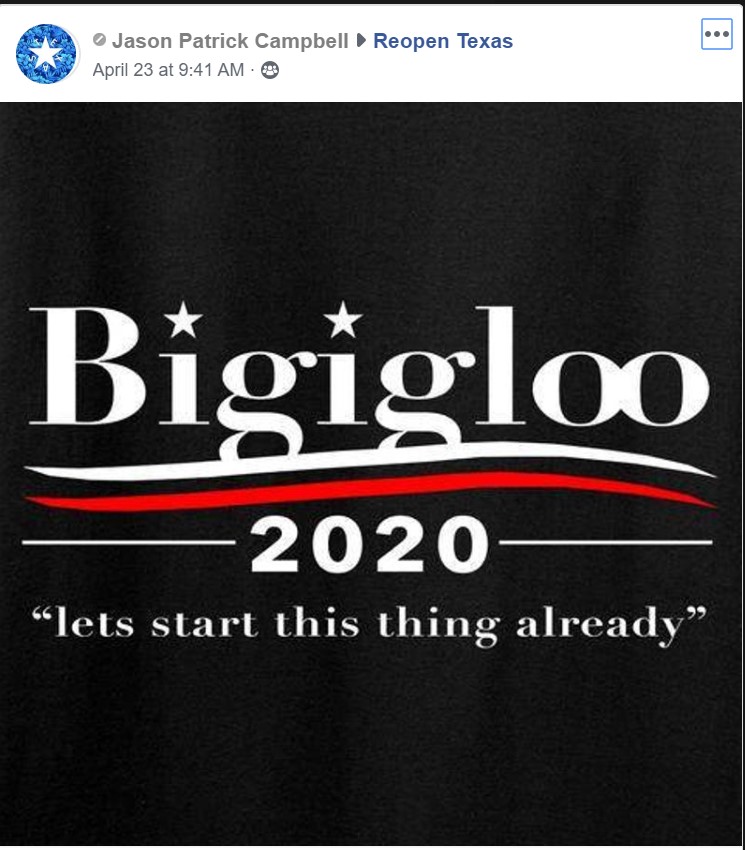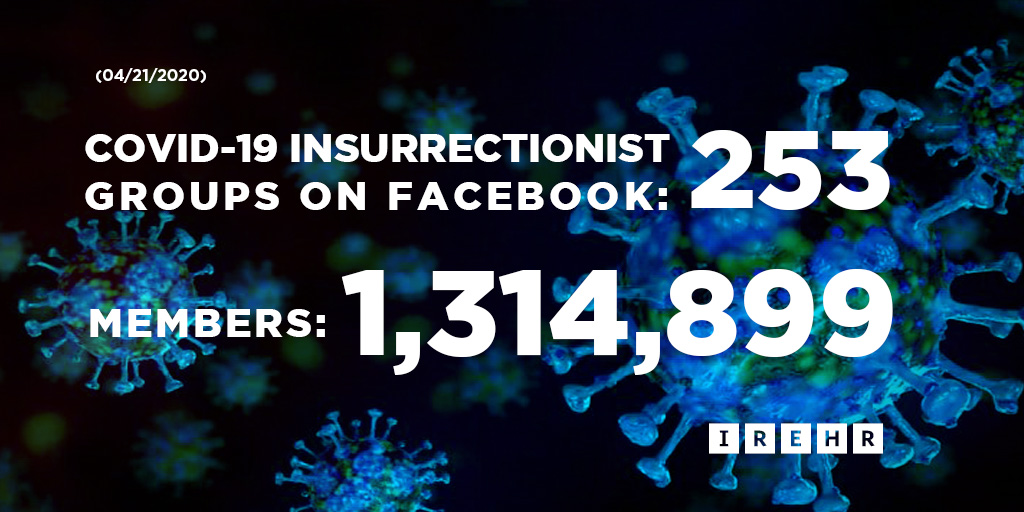
Thread: a critique of the WaPost attempt to graft "economic anxiety" into the Capitol insurrection discussion.
Here's the article in question that's been trending.
A majority of the people arrested for Capitol riot had a history of financial trouble washingtonpost.com/business/2021/…
Here's the article in question that's been trending.
A majority of the people arrested for Capitol riot had a history of financial trouble washingtonpost.com/business/2021/…
1. It was hard not to laugh out loud at an "economic anxiety" piece centered around a woman who arrived in DC in a private jet.
2. This was a very small sample size, even among those who have been identified, let alone the mass of individuals who stormed the barricades. It's classic cherry-picking to make a point that the overall data does not support.
3. Moreover, the "majority" claim in the headline is suspect. It cites 18% bankruptcy, 25% sued by creditors and 20% faced losing homes. It appears they combined those figures to reach the 60% claim. It's impossible to see if category overlap decreases percentages.
For instance, you could have one person that had a bankruptcy, been sued by creditors, and risked losing their home. Is that counted as 1 or 3 in this data? There is undoubtedly considerable overlap there. It does not make a majority.
4. It also makes them no more economically impacted than the average American. In 2019 the U.S. Financial Health Report found that, "All told more than 70% are having some type of financial problem."
"43 million Americans or 17% are struggling with most if not all aspects of their financial lives. Meanwhile, 135 million or 54% are struggling with some aspect of their financial lives and 73 million or 29% of people are spending, saving, borrowing, and planning."
In fact, if the insurrectionists had the same economic stress as the rest of Americans, you'd expect to see a higher number of those arrested having experienced these economic stresses.
5. While it's true that a small subset of the arrestees has a higher rate of bankruptcy, that's a sign that they have the economic ability to get out from under their debt--unlike most poor folks who don't have the money to pay for attorneys, etc. to utilize bankruptcy laws.
6. There is no evidence given that they were engaged in this activity for any economic reason. It was a political and ideological effort, not an economic demand. It begs the question as to what was the actual motivator.
7. If it were economic anxiety that led to the insurrection, you'd see Fast Food workers, gig economy victims, warehouse workers, etc. storming the Capitol. Instead, what the arrest data shows largely realtors, business owners, etc.--the petty bourgeoisie, not the proletariat.
8. There is no evidence given that they were engaged in this activity for any economic reason. It was a political and ideological effort, not an economic demand. It begs the question as to what was the actual motivator.
9. Polling data does not support the economic anxiety thesis for the MAGA base. Nor does the exit polling. Nor does most social science. sites.uw.edu/magastudy/
While I get people are trying to understand what the hell happened on Jan. 6. It's important not to overlook the stated reasons and the movements that got us there, rather than trying to find phantoms in private jets.
• • •
Missing some Tweet in this thread? You can try to
force a refresh

